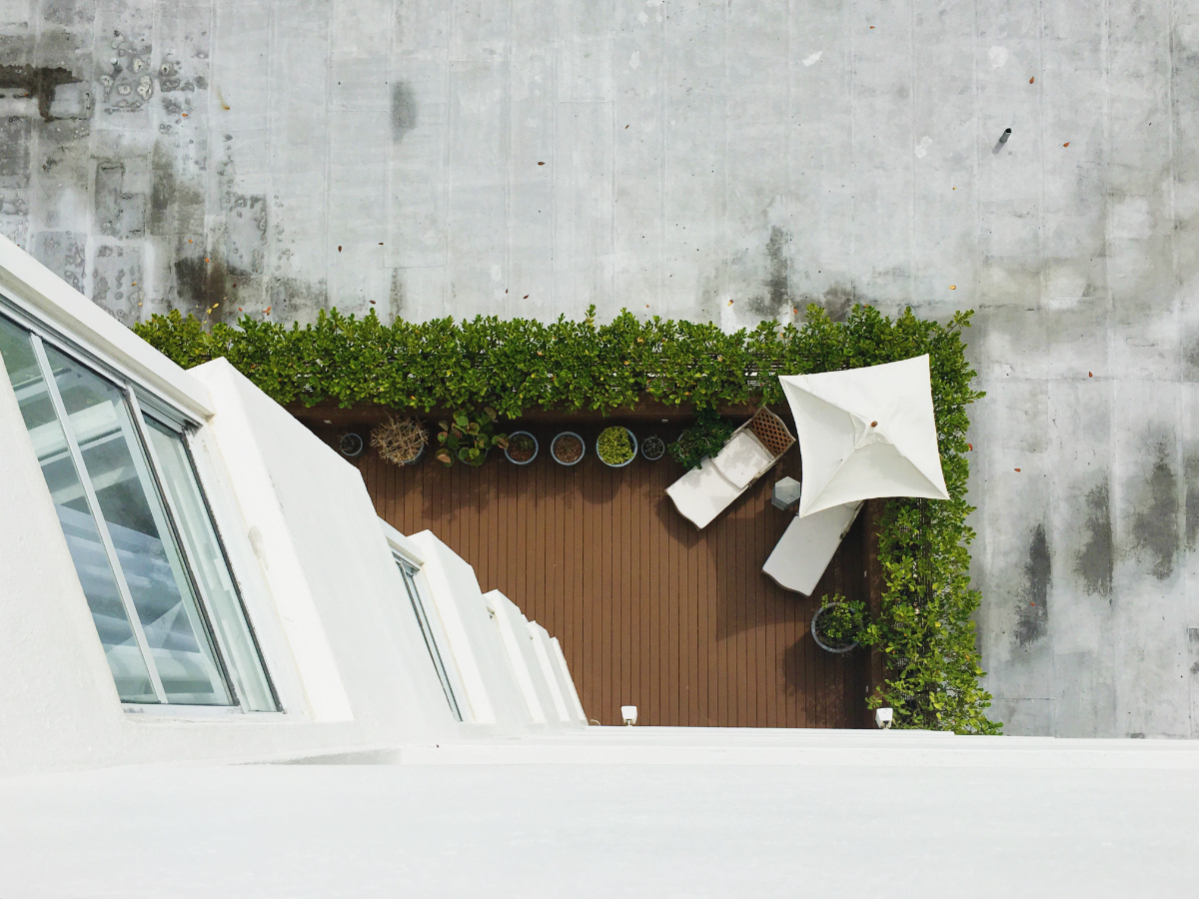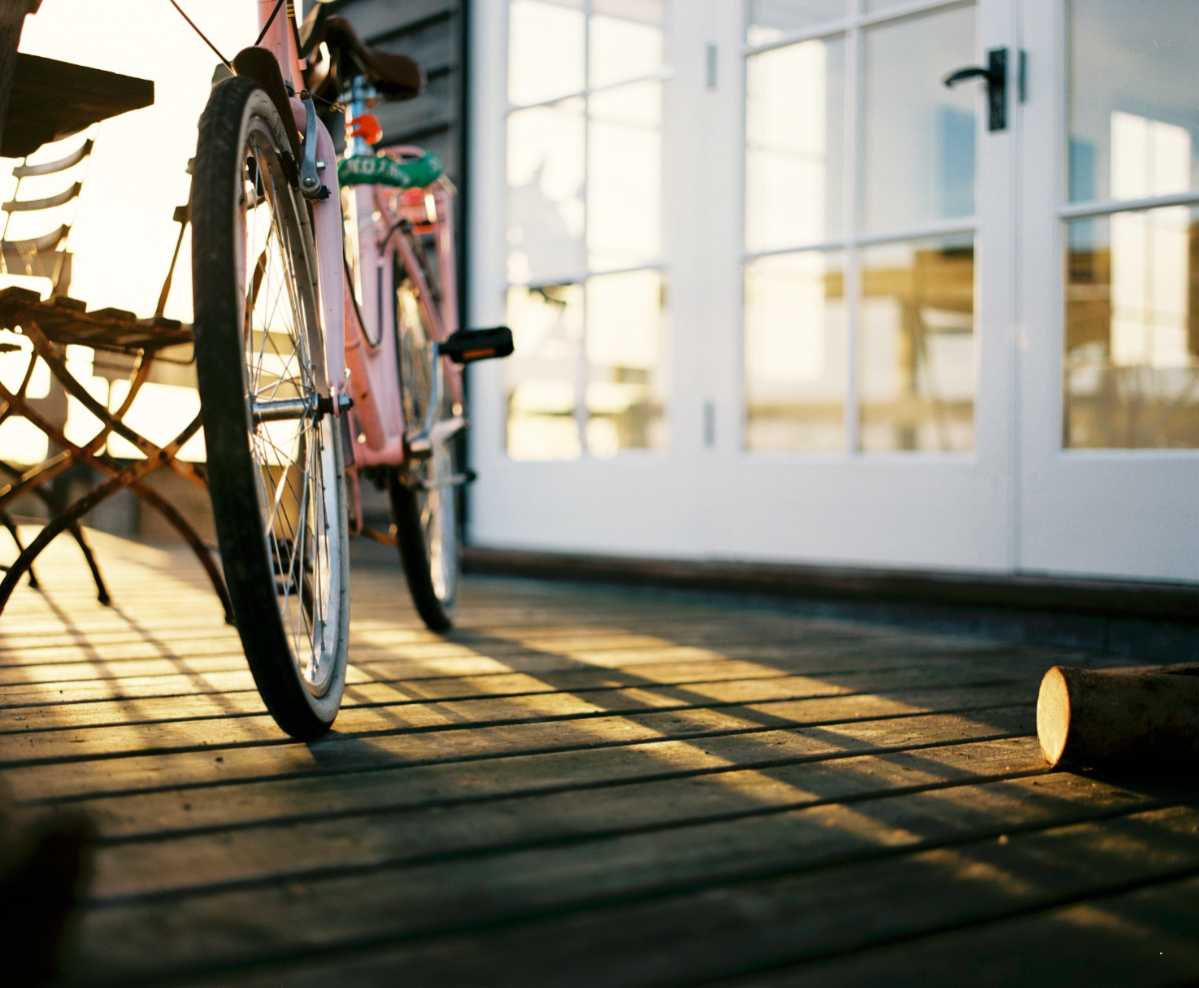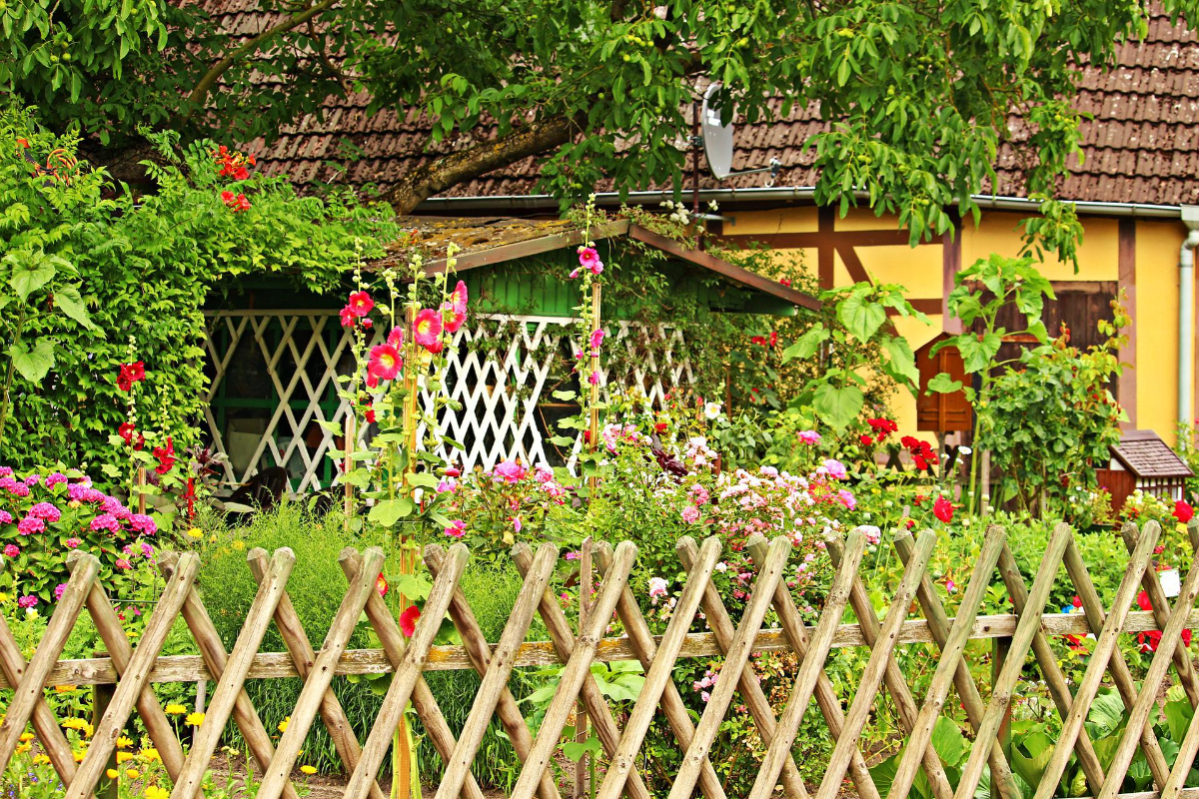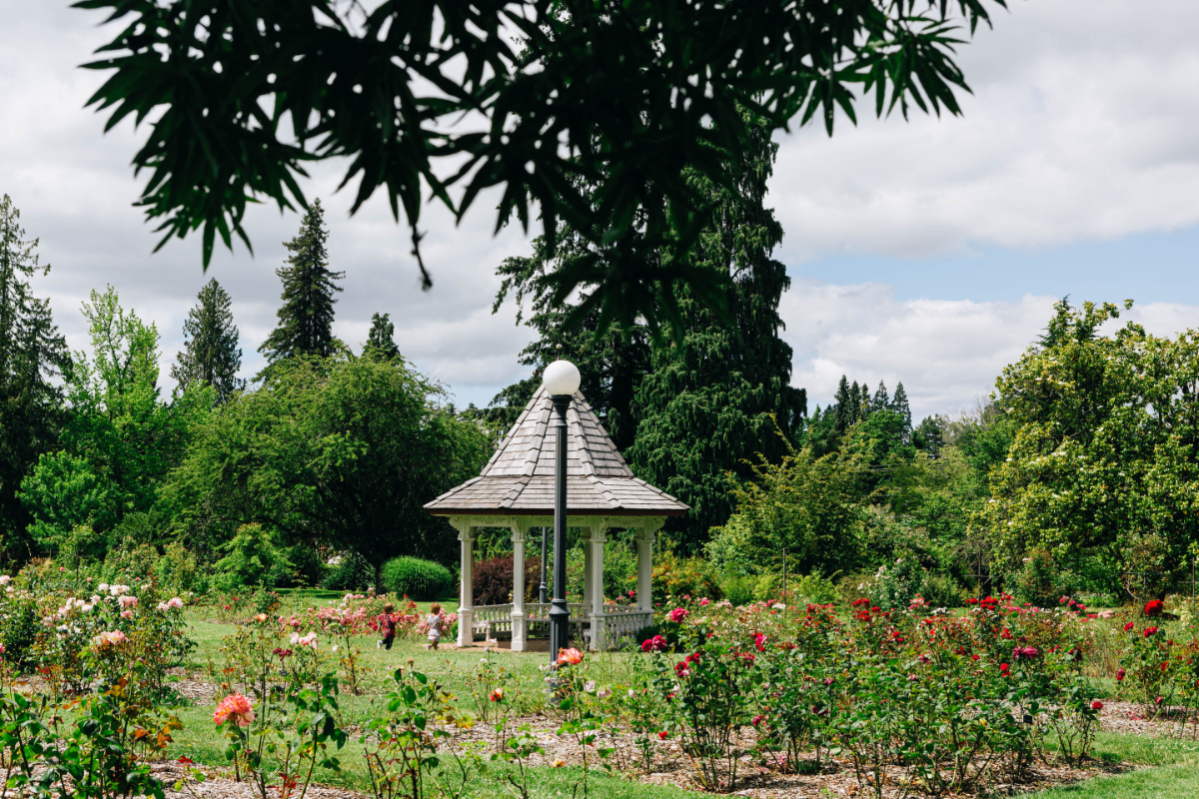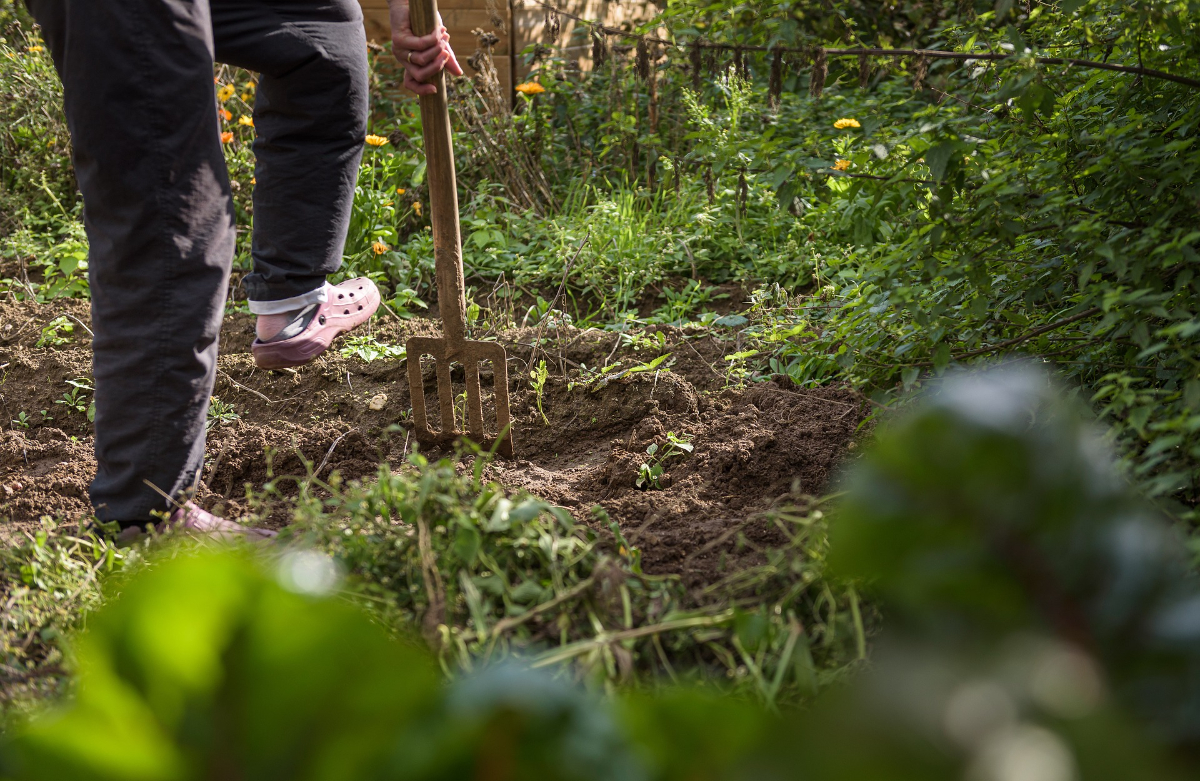We look at what kind of decking material is best for your garden. Find out more about the best deck material options and how to choose the best deck material for your house.
It can be hard to decide which decking material to choose as there are many varieties. It is important to choose the right material option for your requirements for budget and style.
Thankfully, our experts at McDonald Landscapes are here to recommend the best materials to use for decking, factors to consider, and the different types of decking materials.
BEST DECK MATERIAL OPTIONS
Depending on the circumstances of your purposes for installing a deck on your property, it is important to choose the right type, material, aesthetic, and maintenance requirements.
Your decking must meet both the personal and practical conditions for you and your property. If you factor in personal conditions, these may be style, colours, and matching the material to the overall aesthetic of your property.
You should consider whether your property's overall traditional or modern aesthetic will be amplified or ruined by the decking made of your chosen material.
Practical requirements consist of the budget, durability, longevity, and maintenance requirements of the material.
Budgeting shouldn't limit you completely from choosing a decking material that comes in all sorts of colours and styles. The durability, longevity, and maintenance are also important factors to evaluate when deciding on decking material.
Best Deck Material for Your House
Finding the right material for your decking comes down to the following factors: budget, climate, aesthetics, and maintenance. It is just as important to investigate your material's availability, construction, flexibility, and environmental impact.
While you might think purchasing cheap and untreated wood might be a good decision for a short-term decking, think again. We recommended that you build a deck that will last longer than a few months and instead live for many years.
It is economically and environmentally safer to invest now and save money in the future, especially if you live in a hot climate where untreated wood will rot quicker.
If you're looking for a strong insect-proof, slip-resistant, weather-proof, and rot and rust immune deck, consider building it out of prefinished aluminium. Reinforced aluminium comes in various colours and styles that will surely match your garden's aesthetic. However, the main disadvantage of an aluminium deck is that it requires special and expensive fasteners to secure it firmly to its substructure.
Composite decking, as previously mentioned, is commonly made using a combination of wood fibres and low-density polythene (LDPE). However, it can also be a combination of many natural materials such as polymer, rice husks, and wood flour. Many brands refer to this as Wood Plastic Composite (WPC).
This plastic decking is not usually chosen over the more natural materials to minimise people's carbon footprint but is much easier to shape into various shapes, sizes, colours, and textures than all other materials. A composite deck is also impervious to insects and rot, making it mostly maintenance-free for its entire lifetime.
Hardwood is self-explanatory as a strong and durable material with a lifecycle of 50 years. Despite this, they are surprisingly lightweight and have a naturally attractive colour, making for a beautiful deck.
Exotic hardwood, such as Ipe wood, can take on the look of expensive mahogany. If Ipe wood is oiled once or twice a year, it will keep the rich, crimson, brown colour rather than a soft grey.
A downside to hardwoods is that many are prone to slow growth and low density in certain parts of the world where they are grown. This has led to much debate that the resource is not as renewable as other timber.
It is worth checking that the supplier you want to purchase wooden materials from gets them from forests that comply with the appropriate FSC or PEFC requirements to ensure the health of those forest areas.
Natural softwood decking can be made from cypress, redwood, pine or, as mentioned above, cedar. Again, it is worth checking that the supplier you want to purchase wooden materials from gets them from sustainably managed forests that comply with the appropriate FSC or PEFC requirements.
Because of its availability and strength, the resulting deck is made from a cost-effective and reliable source of great quality timber. However, natural wood requires the highest amount of maintenance to keep from splitting, twisting, warping, splintering, and growing algae that could cause someone to trip up on your deck.
The most common choice of timber in the UK is pine, known for its natural availability, durable strength, and easily accessible pores. These pores allow it to be infused with preservative chemicals to keep them similarly protected against decay, fungi, and insects as pressure-treated wood.
While PVC is not prone to cracking, splintering, or warping, it can potentially pollute the environment if it is not recycled when it reaches the end of its lifecycle as your decking. It also costs more than timber to manufacture according to the measurements and shapes you want it to follow.
On the other hand, a PVC deck is fully waterproof, low maintenance, and does not encourage algae to grow and cause a slipping threat to you and your visitors. Additionally, they last an incredibly long time, with some lasting over 20 years.
Thermowood is Scandinavian redwood that has been dried in a kiln for approximately four days to rid it of any moisture or ability to move. This means that the timber stays in the shape it is manufactured in, staying dimensionally and environmentally stable. Getting rid of all the moisture increases its longevity, insulation, and resistance to fungi and rot.
Factors to Consider When Choosing Decking Material
If you consider the most available decking material, you will not have to worry about delays or supply shortages. If you order available decking materials, rest assured that you will receive them when you need them.
The most common materials from the above list are treated timber, hardwood, and composite. Before ordering, ensure that you have measured and written the specifications down for the area you want a deck to cover.
While price is an important part of a decision-making process, it is also important to factor in the other aspects in this list. Prices vary on the availability of the material, which area you live in, and installation costs.
Suppose the hired installation company find your material, such as composite wood, for example, to be unusual or have little experience with it. In that case, the cost for installation will increase for manpower and the time it takes to install.
The durability of your chosen material contributes to how long your deck will last. If it takes long and much money to install, wouldn't you feel better knowing that your new decking will be there for several years, providing you with a reliable seating and viewing area of your garden?
The material's durability, therefore, affects the lifecycle of your deck. Both naturally durable and treated wood show consistently long lifecycles, whereas composite decking is still relatively new to the landscaping market.
It is not certain that composite decking is more durable than natural timber because composite material includes wooden material. The benefits and resistance of timber are the same as in composite, except the plastic provides an extra layer of protection to the wooden fibres within the compound.
Wood is a non-toxic, renewable, and recyclable resource with no other material matching its environmental credentials; therefore, we should be aware of our environmental impact. We should all strive to ensure materials are available for future generations by minimising our impact on the environment and doing what we can to preserve and protect sustainably managed forests.
The wood industry utilises natural treatments and solutions for preserving timber and its beneficial properties. This means that it is safe for children and pets to be allowed loose on treated wood. There is no evidence to prove that there is any danger to adults, children, or pets.
Almost all decking materials require maintenance at some point. Many homeowners choose to remove their decking after a few years when the un-maintained materials start to show the first signs of decay or age.
However, aesthetics is subjective to the homeowner, and materials can keep their brand-new appearance with regular maintenance. We suggest using a water repellent finish on natural and treated wood.
Preventing wet timber prevents potential warping and cracking over time. Applying these finishes at least once or twice a year improves the look of the wood and prevents damage by being overly exposed to the sun.
Annual maintenance is required to get rid of debris and water build-up before they cause worse problems later.
Composite material requires maintenance now and again, as they usually suffer from overexposure to the sun. In that case, a little clean can make your composite decking look shiny and new once more.
Types Of Decking Materials
Make sure that you explore all your options. Each material has its advantages and disadvantages, but there will be one material that will perfectly suit a decking for you and your property.
Here are some facts about the most popular deck-building materials to help narrow your decision.
PVC, or polyvinyl chloride plastics, makes for quite a resilient material for decking, whereby it has none of the wood's vulnerabilities.
Vinyl decking comes in browns, greys, tans, and whites and does not require sanding or staining.
That means that PVC decking maintenance is mostly unnecessary.
The varieties in texture and patterns have developed over the 20 years it has been manufactured.
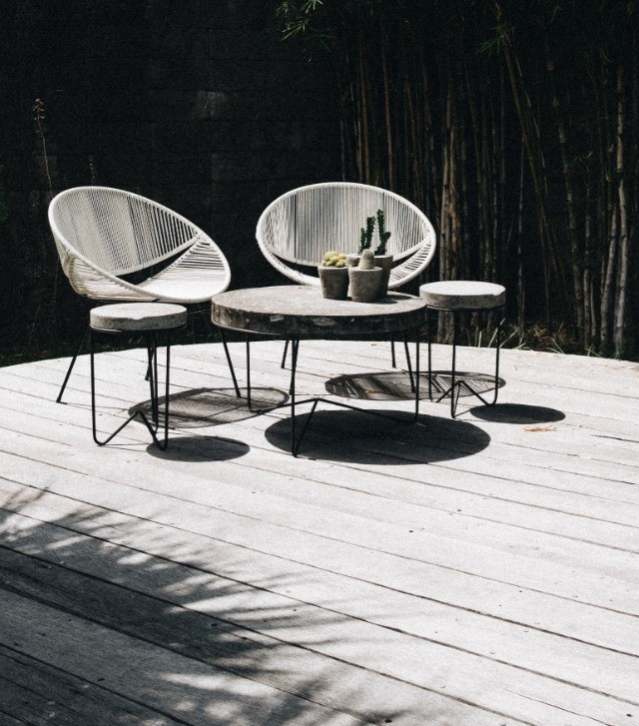
Most PVC decking has less recycled content than other decking options made from synthetics, meaning that you increase your carbon footprint.
PVC decking is much more expensive than other materials, costing around £8-12 per square foot. Composite decking can be manufactured in a range of several colours with the texture of wood. That's because composite is commonly made using a combination of wood fibres and low-density polythene (LDPE).
It survives most environmental conditions, is extremely scratch-resistant and can last up to 25 years. Composite decking will usually be made from recycled materials without impacting the material's performance. Composite decking costs are between £4 and £11 per square foot, depending on the manufacturer or brand you purchase the material from.
Wood decking comes in many colours, such as natural softwood, hardwood, Thermowood, and pressure-treated wood.
If you want to have a particular-coloured wood decking, we recommend letting your deck weather, sand and then stain it.
Pressure-treated wood is permeated with insecticide and anti-rot chemicals that enhance the natural durability of the material.
It is easy to find, cut to any shape, and stained to suit your aesthetic tastes and styles.
There are different grades of treated wood, so make sure you converse with your local supplier, which would best suit your budget.
As far as most wooden decks are concerned, pressure-treated wood is quite affordable, with costs of around £4 to £5 per square foot.
This material requires regular maintenance in the form of power washing and regular re-staining to extend its life and keep it looking brand new.
Cedar decking is a high-quality softwood that gradually weathers into soft grey tones. It is a lightweight material that makes it perfect for DIY projects.
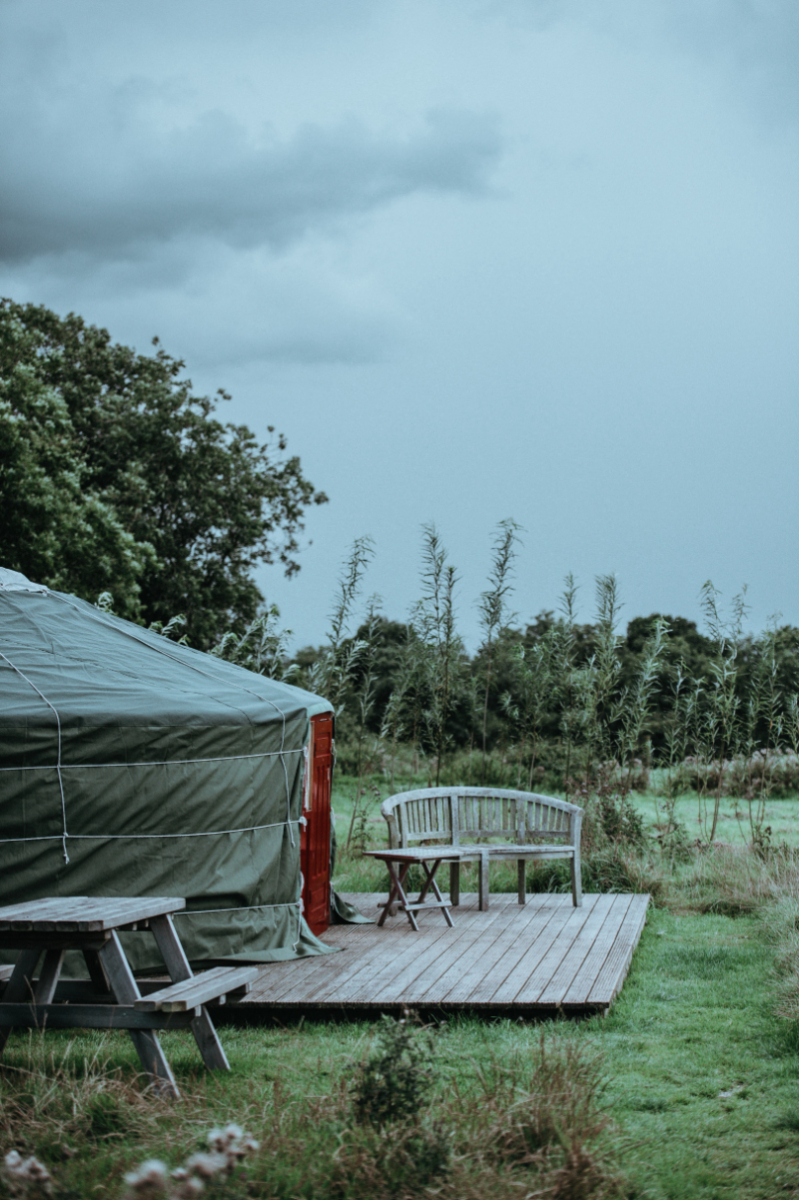
It naturally contains tannins that can make your decking resistant to decay, infestation, and rot. Using Heartwood Cedar is better than Sapwood Cedar because the latter is a softer and less dense material.
Heartwood Cedar is dense enough to make the lumber resistant to decay. Cedar is a more expensive woof than pressure-treated wood, at approximately £8-£9 per square foot.
Further comparison between Cedar and pressure-treated wood is that the first requires more regular maintenance.
Are looking for which decking material is best for your garden?
McDonald Landscapers is an established and reputable company in Ayrshire offering decking services throughout the area..
We provide soft and hard landscaping services throughout Ayrshire, Ayr, Prestwick and Braehead. If you have any questions, queries, or expert advice, please do not hesitate to contact us today.

